-
 Bitcoin
Bitcoin $118900
-2.33% -
 Ethereum
Ethereum $4288
-0.13% -
 XRP
XRP $3.151
-3.21% -
 Tether USDt
Tether USDt $1.000
0.02% -
 BNB
BNB $809.5
-1.17% -
 Solana
Solana $175.7
-4.75% -
 USDC
USDC $0.0000
0.01% -
 Dogecoin
Dogecoin $0.2246
-5.75% -
 TRON
TRON $0.3473
2.19% -
 Cardano
Cardano $0.7809
-5.18% -
 Chainlink
Chainlink $21.38
-3.48% -
 Hyperliquid
Hyperliquid $43.29
-5.53% -
 Stellar
Stellar $0.4375
-3.21% -
 Sui
Sui $3.685
-6.68% -
 Bitcoin Cash
Bitcoin Cash $595.2
3.50% -
 Hedera
Hedera $0.2483
-6.60% -
 Ethena USDe
Ethena USDe $1.001
-0.01% -
 Avalanche
Avalanche $23.03
-5.28% -
 Litecoin
Litecoin $119.5
-5.02% -
 Toncoin
Toncoin $3.395
-0.07% -
 UNUS SED LEO
UNUS SED LEO $9.007
-1.19% -
 Shiba Inu
Shiba Inu $0.00001304
-5.44% -
 Uniswap
Uniswap $11.35
1.57% -
 Polkadot
Polkadot $3.898
-5.43% -
 Cronos
Cronos $0.1671
-0.16% -
 Ethena
Ethena $0.8121
-2.45% -
 Dai
Dai $1.000
0.02% -
 Bitget Token
Bitget Token $4.412
-1.73% -
 Monero
Monero $264.0
-0.64% -
 Pepe
Pepe $0.00001128
-8.12%
What are candlestick patterns?
Candlestick patterns like hammers and engulfing formations help crypto traders spot potential reversals, but should be confirmed with volume and trend analysis.
Aug 12, 2025 at 06:08 am
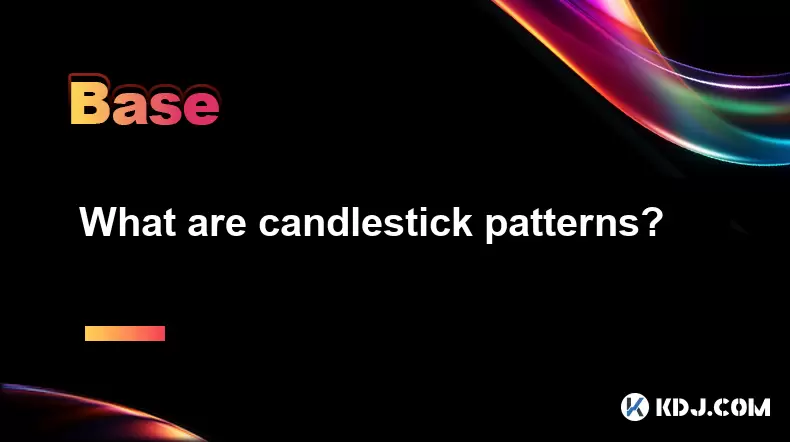
Understanding Candlestick Patterns in Cryptocurrency Trading
Candlestick patterns are visual representations of price movements for a given period of time, widely used in cryptocurrency trading to analyze market sentiment and predict potential price reversals or continuations. Originating from Japanese rice traders, these patterns are now a cornerstone of technical analysis in digital asset markets. Each candlestick displays four key pieces of information: the opening price, closing price, highest price, and lowest price during a specific timeframe—such as 1 minute, 1 hour, or 1 day. The central portion, known as the body, reflects the range between the open and close. If the close is higher than the open, the body is typically colored green, indicating bullish momentum. Conversely, a red or black body suggests the close was lower than the open, signaling bearish pressure.
Components of a Candlestick: Anatomy Breakdown
To fully interpret candlestick patterns, traders must understand the structure of an individual candle. The main elements include:
- The real body, which is the filled or hollow rectangle showing the range between opening and closing prices
- The wicks or shadows, which are the thin lines above and below the body, representing the highest and lowest prices reached during the period
- A long upper wick suggests that buyers pushed prices up but were eventually rejected by sellers
- A long lower wick indicates that sellers drove prices down, but buyers regained control before the period ended
For instance, a candle with a small body and long lower wick may signal a potential bullish reversal, especially if it appears after a downtrend. This structure helps traders identify shifts in supply and demand dynamics, which are critical in the volatile crypto markets.
Common Bullish Candlestick Patterns
Several candlestick patterns indicate potential upward price movements. These are particularly useful when identified at key support levels or after prolonged downtrends. Notable bullish formations include:
- Hammer: A single candle with a small upper body, long lower wick, and little to no upper wick. It often appears at the bottom of a downtrend and suggests that sellers lost control, and buyers may be entering
- Bullish Engulfing: This two-candle pattern occurs when a large green candle completely engulfs the previous red candle. It indicates strong buying pressure overcoming prior selling momentum
- Morning Star: A three-candle pattern consisting of a long red candle, a small-bodied candle (indicating indecision), and a long green candle. It signals a shift from bearish to bullish sentiment
- Piercing Line: Similar to bullish engulfing but less aggressive. The second green candle closes above the midpoint of the prior red candle’s body, showing partial recovery
These patterns gain reliability when confirmed by high trading volume and alignment with other technical indicators such as RSI or moving averages.
Common Bearish Candlestick Patterns
On the flip side, bearish candlestick patterns help traders anticipate potential price declines, especially after an uptrend or at resistance zones. Key bearish signals include:
- Shooting Star: A single candle with a small lower body, long upper wick, and minimal lower wick. It forms after an uptrend and suggests that buyers pushed prices up but were overwhelmed by sellers before the close
- Bearish Engulfing: A two-candle pattern where a large red candle completely covers the prior green candle. This shows that selling pressure has overtaken buying momentum
- Evening Star: A three-candle pattern starting with a long green candle, followed by a small-bodied candle, and ending with a long red candle. It reflects a transition from bullish to bearish control
- Dark Cloud Cover: The bearish counterpart to the Piercing Line. The second red candle opens above the prior green candle’s close but closes below its midpoint, indicating weakening bullish strength
Traders often wait for the confirmation candle—the candle that follows the pattern—to close before acting, reducing the risk of false signals.
How to Use Candlestick Patterns in Crypto Trading Platforms
Implementing candlestick analysis on cryptocurrency trading platforms involves several precise steps. Most exchanges like Binance, Bybit, or KuCoin provide built-in charting tools powered by TradingView. Here’s how to apply this analysis:
- Open the trading pair chart (e.g., BTC/USDT) on your preferred platform
- Navigate to the chart settings and ensure the chart type is set to candlestick (not line or area)
- Adjust the timeframe to match your trading strategy—15-minute, 1-hour, or 4-hour charts are commonly used for intraday analysis
- Enable grid lines and volume indicators to enhance pattern recognition
- Use drawing tools to mark potential support and resistance levels where candlestick patterns are more significant
- Combine candlestick signals with moving averages (e.g., 50 EMA and 200 EMA) or MACD to filter out weak patterns
- Set up alerts for specific price levels where key patterns may form
For example, if you spot a bullish engulfing pattern near a known support level on the 4-hour BTC chart, you might place a buy order slightly above the pattern’s high, with a stop-loss below the low of the engulfing candle.
Limitations and Risk Management with Candlestick Patterns
While candlestick patterns offer valuable insights, they are not infallible. False signals are common, especially in low-volume altcoin markets or during periods of low liquidity. To mitigate risks:
- Always confirm patterns with volume analysis—a bullish engulfing with low volume is less reliable
- Avoid trading patterns in isolation; integrate them with trend analysis and support/resistance levels
- Use stop-loss orders to limit downside exposure
- Be cautious during major news events or futures expiry dates, when price action can be erratic
- Backtest patterns on historical data using tools like TradingView’s replay mode to assess their effectiveness
For instance, a hammer pattern in a strong downtrend might fail if the broader market sentiment remains bearish due to macroeconomic factors.
Frequently Asked Questions
What is the difference between a doji and a spinning top?
A doji has an extremely small body where the opening and closing prices are nearly identical, often signaling indecision. A spinning top has a small but visible body with upper and lower wicks of similar length, also indicating market uncertainty but with slightly more volatility.
Can candlestick patterns be used on all cryptocurrency timeframes?
Yes, candlestick patterns appear on all timeframes, from 1-minute to weekly charts. However, signals on higher timeframes (e.g., daily or weekly) tend to carry more weight due to greater market participation.
How do I distinguish between a hammer and a hanging man?
Both look identical—one long lower wick and a small upper body. The difference lies in context: a hammer forms after a downtrend and is bullish, while a hanging man appears after an uptrend and is bearish.
Do candlestick patterns work for all cryptocurrencies?
They can appear in any crypto asset, but their reliability increases in high-liquidity pairs like BTC/USDT or ETH/USDT. Low-volume altcoins may generate misleading patterns due to manipulation or thin order books.
Disclaimer:info@kdj.com
The information provided is not trading advice. kdj.com does not assume any responsibility for any investments made based on the information provided in this article. Cryptocurrencies are highly volatile and it is highly recommended that you invest with caution after thorough research!
If you believe that the content used on this website infringes your copyright, please contact us immediately (info@kdj.com) and we will delete it promptly.
- Dogecoin, Presale, Surge: Riding the Meme Coin Wave
- 2025-08-12 11:10:12
- Dogecoin, Tron, and the ROI Reality Check: What's a Crypto Investor to Do?
- 2025-08-12 11:15:12
- Ethereum Layer-2 Scaling Competition Heats Up as ETH Breaks $4K
- 2025-08-12 10:30:12
- China Regulation, Stablecoins, and BNB Presale: Navigating the Crypto Landscape
- 2025-08-12 11:30:12
- Meme Coins, Investment, and Token Burns: What's Hot in 2025?
- 2025-08-12 10:30:12
- China's National Security Alarm Bells Ring Over Worldcoin's Iris Scans
- 2025-08-12 11:35:12
Related knowledge
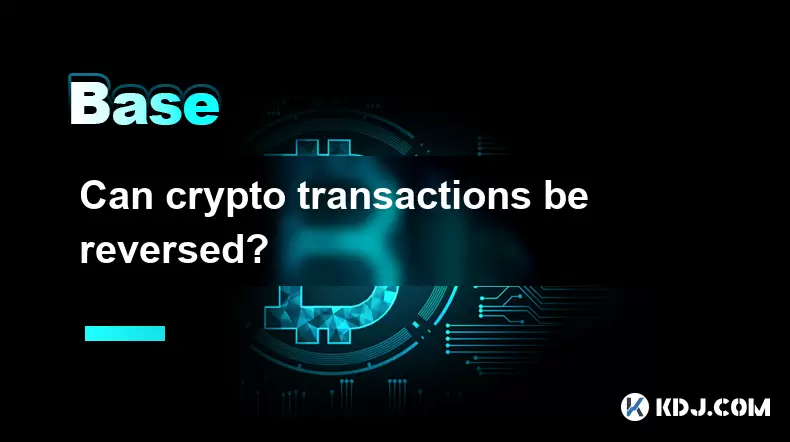
Can crypto transactions be reversed?
Aug 10,2025 at 01:35am
Understanding the Immutability of Blockchain TransactionsCryptocurrency transactions are built on blockchain technology, which is designed to be immut...
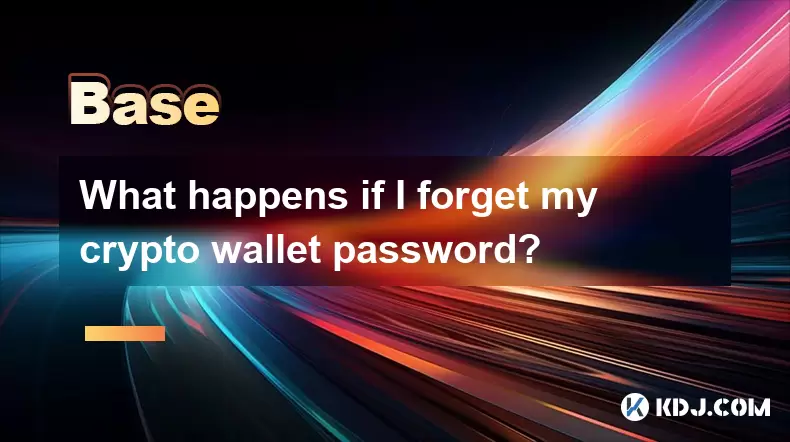
What happens if I forget my crypto wallet password?
Aug 09,2025 at 08:50am
Understanding the Role of a Crypto Wallet PasswordA crypto wallet password serves as a critical security layer that protects access to your digital as...
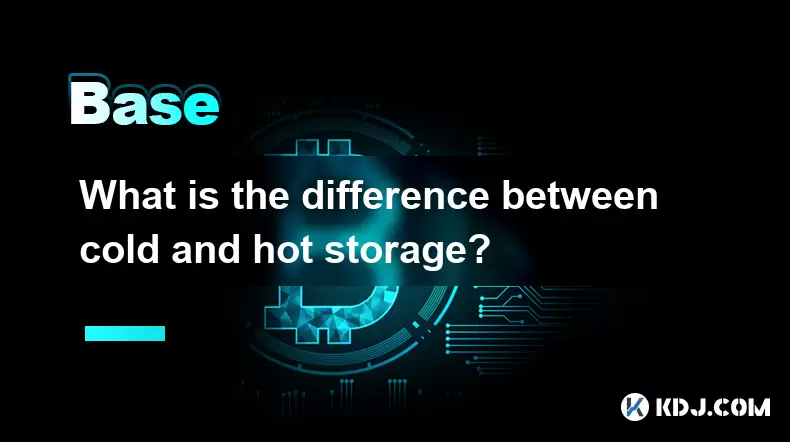
What is the difference between cold and hot storage?
Aug 12,2025 at 01:01am
Understanding Cold Storage in CryptocurrencyCold storage refers to offline methods of storing cryptocurrency private keys, ensuring they are not expos...
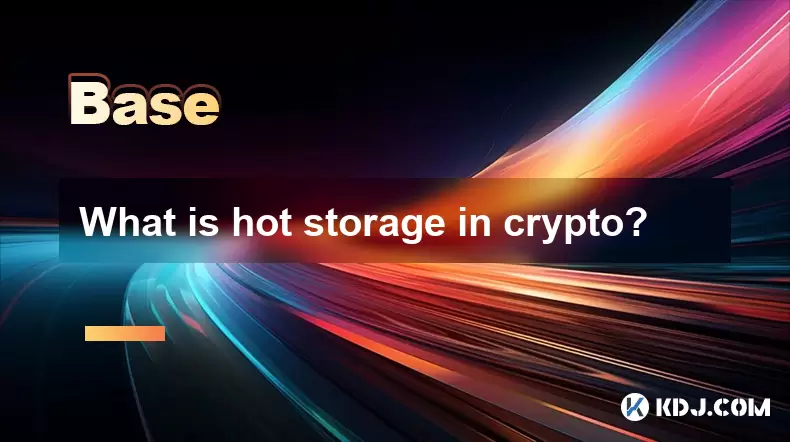
What is hot storage in crypto?
Aug 11,2025 at 07:08am
Understanding Hot Storage in CryptocurrencyHot storage refers to cryptocurrency wallets that are connected to the internet. Unlike cold storage soluti...

What is the best crypto portfolio tracker?
Aug 10,2025 at 05:08am
Understanding the Role of a Crypto Portfolio TrackerA crypto portfolio tracker is a digital tool designed to help investors monitor the performance of...
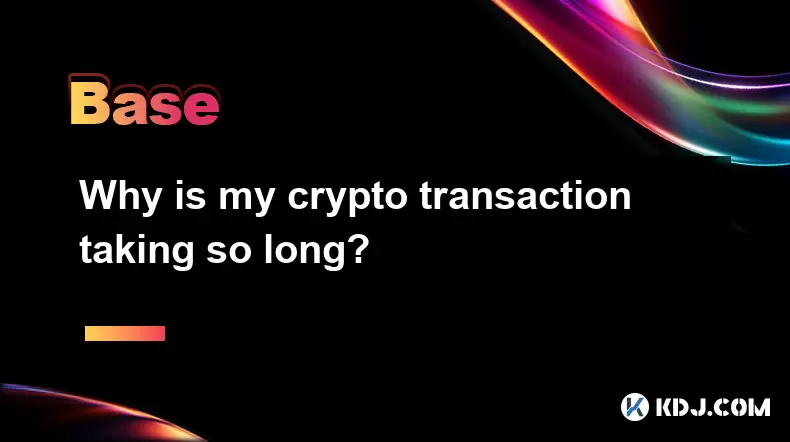
Why is my crypto transaction taking so long?
Aug 11,2025 at 11:35am
Understanding Blockchain Network CongestionWhen a crypto transaction is delayed, one of the most common causes is network congestion on the blockchain...

Can crypto transactions be reversed?
Aug 10,2025 at 01:35am
Understanding the Immutability of Blockchain TransactionsCryptocurrency transactions are built on blockchain technology, which is designed to be immut...

What happens if I forget my crypto wallet password?
Aug 09,2025 at 08:50am
Understanding the Role of a Crypto Wallet PasswordA crypto wallet password serves as a critical security layer that protects access to your digital as...

What is the difference between cold and hot storage?
Aug 12,2025 at 01:01am
Understanding Cold Storage in CryptocurrencyCold storage refers to offline methods of storing cryptocurrency private keys, ensuring they are not expos...

What is hot storage in crypto?
Aug 11,2025 at 07:08am
Understanding Hot Storage in CryptocurrencyHot storage refers to cryptocurrency wallets that are connected to the internet. Unlike cold storage soluti...

What is the best crypto portfolio tracker?
Aug 10,2025 at 05:08am
Understanding the Role of a Crypto Portfolio TrackerA crypto portfolio tracker is a digital tool designed to help investors monitor the performance of...

Why is my crypto transaction taking so long?
Aug 11,2025 at 11:35am
Understanding Blockchain Network CongestionWhen a crypto transaction is delayed, one of the most common causes is network congestion on the blockchain...
See all articles

























































































